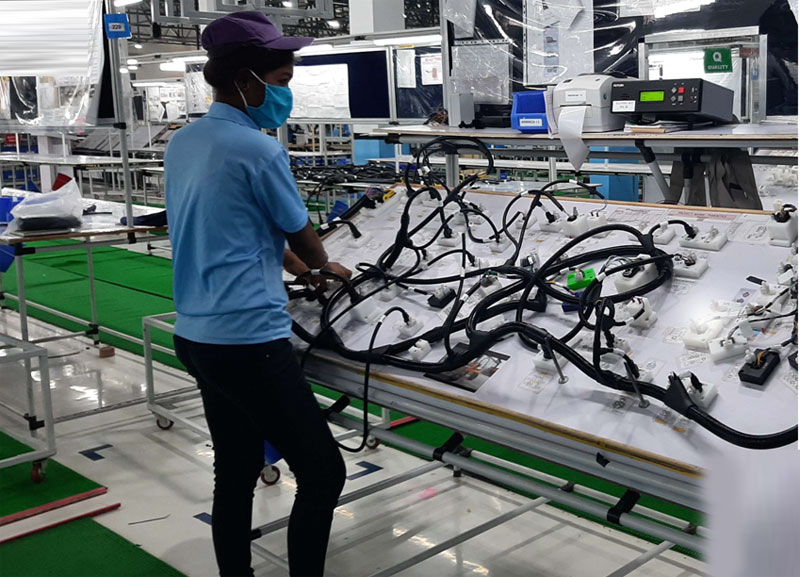
Wire harnesses are an important part of many products, from cars to computers to home appliances. They provide a convenient way to bundle and route wires and cables to connect various components and systems. But how are these multi-purpose cables actually made? This article takes a look at the process of creating wire harnesses and the materials and tools used in the process.
Materials & tools:
The materials used to make wire harnesses vary depending on the application and include such items as: wires, cables, terminals, connectors, and clamps. In addition, a variety of tools are also used to make wire harnesses, such as wire strippers, crimpers, pliers, and soldering irons.
Wire strippers are used to remove the insulation from the ends of the wires. Crimpers are used to secure the terminals and connectors to the wires. Pliers and soldering irons are also used to make electrical connections.
Assembling a harness:
The process for assembling a wire harness manufacturer begins by laying out the components and wires of the harness according to the design specifications. The wires are then cut and stripped to the appropriate lengths to ensure the proper fit. The terminals and connectors are then attached to the wires and crimped in place the wires are bundled together and secured with clamps or ties.

Testing:
Once the wire harness is assembled, it must be tested to make sure that it meets the required specifications. This is usually done using an electrical tester to check for any shorts or other issues. The tester will check for voltage, current, continuity, and any other electrical specifications. If any issues are found, the wire harness must be reworked or replaced. Once the wire harness passes all tests, it is ready for installation.
Once the wire harness is installed, it must be checked again to ensure that all connections are secure and that the wiring is properly routed. If any issues are found, they must be addressed before the wire harness can be used. If the system is powered by a DC power source, the wiring should be checked to ensure that the correct level of voltage is supplied to the system. Finally, the wiring should be checked to ensure that the correct polarity is used.
Finishing:
Once the wire harness has been tested, additional steps may be taken to protect it from the elements. This may include using a special coating to protect against corrosion or bundling the wires in an additional layer of insulation to protect against heat and moisture. Other steps may include using special connectors or heat shrink tubing to keep the wires together, and using cable ties to bundle the wires to keep them organized. Using a waterproof sealant around any exposed wires can help prevent moisture from getting in and causing corrosion.
Conclusion:
The process of assembling a wire harness involves cutting and stripping wires, attaching terminals and connectors, and then bundling and securing the wires. Once the harness is assembled, it must be tested and may require additional finishing steps. With the right materials and tools, the process of making wire harnesses can be completed quickly and accurately.


